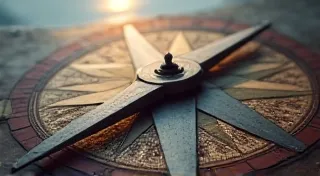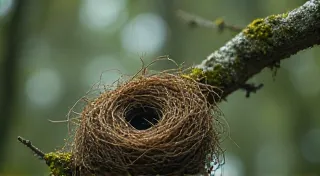Echoes of the Rookery: The Ghosts of Forgotten Habitats
There’s a particular ache that settles in the soul when you stand in a place that *remembers* a vibrant life, a chorus of wings now silenced, a landscape reshaped by time and human intervention. It's more than just sadness; it’s a profound sense of loss intertwined with a desperate hope for restoration. I’m thinking of what we used to call Miller's Rookery, a stretch of old-growth forest along the Black River, a place I visited with my grandfather as a boy. It was a symphony of avian life – herons, egrets, red-winged blackbirds, warblers flitting through the canopy – a riot of feathers and song that imprinted itself on my memory. Now, it's a fragmented echo.
Miller's Rookery isn't unique. Across the country, and around the world, countless habitats have succumbed to deforestation, urbanization, and shifting agricultural practices. These aren't just geographical losses; they are losses of biodiversity, of ecological balance, and of the profound connection we have with the natural world.
The Disappearance of the Marsh Wren's Kingdom
The story of Miller's Rookery isn't one of sudden destruction. It was a slow erosion. The original landowners, the Millers, were largely sympathetic to the land, allowing it to mature into a rich wetland. But as the family’s fortunes dwindled and subsequent owners sought profit, portions of the land were drained, converted to farmland, and ultimately fragmented by development. The gradual loss of the crucial wetland buffers—the shallow ponds and slow-moving creeks that nurtured insect life and provided nesting sites—proved fatal to many species. The Marsh Wren, once a common resident, vanished completely over a period of two decades. We can almost hear their chatter, now just a ghost sound carried on the wind.
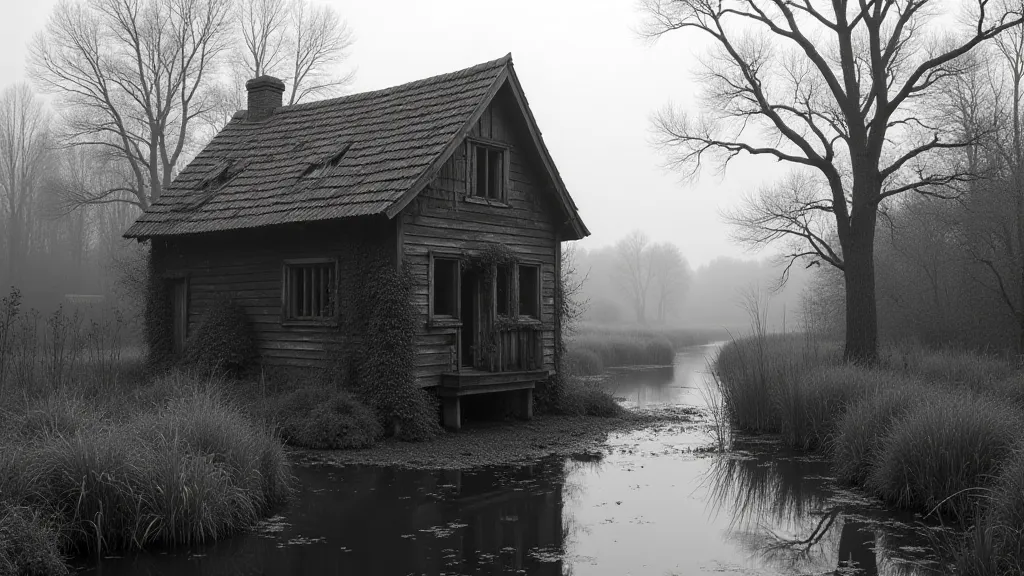
The Human Impact: More Than Just Trees
It's easy to point fingers at developers or corporations, and often, they bear considerable responsibility. But the truth is more nuanced. The pressures on these landscapes often stem from genuine human needs – the need for food, housing, and economic opportunity. The story of these lost habitats isn't solely about environmental villainy; it’s a reflection of our complex relationship with the land, a relationship often driven by short-term gains at the expense of long-term sustainability. My grandfather always said, "The land remembers what we take from it, and it seldom gives back." He wasn't speaking metaphorically; he understood the delicate balance of the ecosystem and the consequences of disrupting it.
The Craftsmanship of Nature: A Lost Art
What’s truly heartbreaking is the loss of the natural craftsmanship inherent in these habitats. A mature wetland isn’t just a collection of plants and animals; it's a meticulously engineered ecosystem, honed by centuries of natural processes. The complex network of roots filtering water, the intricate predator-prey relationships maintaining balance, the subtle interplay of sunlight and shade – all contribute to a system far more sophisticated than anything we could consciously design. Consider the heron’s nest, a massive structure built over years, reinforced with sticks and mud, a testament to the dedication of a single bird. The patience and skill of nature are humbling. Just as antique accordions – painstakingly assembled from countless individual components – represent the culmination of human skill and artistry, these habitats represent the pinnacle of natural creation.
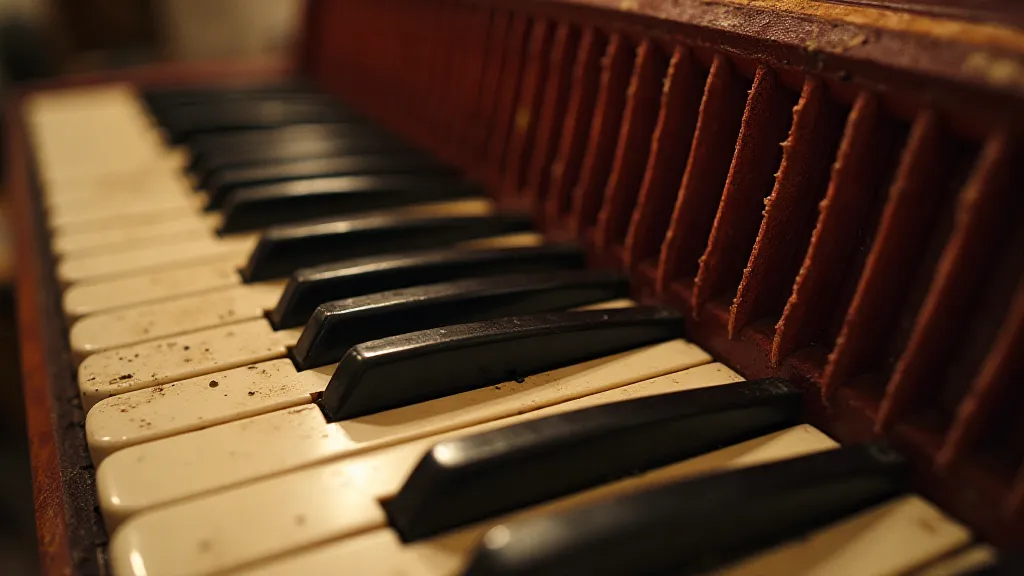
Remembering the Sounds
Now, when I return to what remains of Miller’s Rookery, the silence is the most profound loss. The vibrant chorus of birdsong is replaced by the drone of traffic and the rustling of wind through sparse trees. The egrets are gone. The red-winged blackbirds are fewer. The warblers are fleeting shadows. But the memory remains. The echoes of their songs linger, a poignant reminder of what has been lost. I try to reconstruct the sounds in my mind, a futile but necessary act of remembrance. It's the same feeling I get when I listen to recordings of long-gone blues musicians; the music itself is a portal to a lost world.
Lessons from the Past, Hope for the Future
The disappearance of habitats like Miller's Rookery is a tragedy, but it also provides a powerful lesson. It highlights the fragility of our ecosystems and the urgency of conservation efforts. While we can't bring back what's been lost, we can work to protect what remains. Restoring fragmented habitats, creating wildlife corridors, and advocating for sustainable land-use practices are crucial steps. Just as a skilled restorer can painstakingly revive an antique accordion, revealing its original beauty and functionality, we can work to heal damaged landscapes.
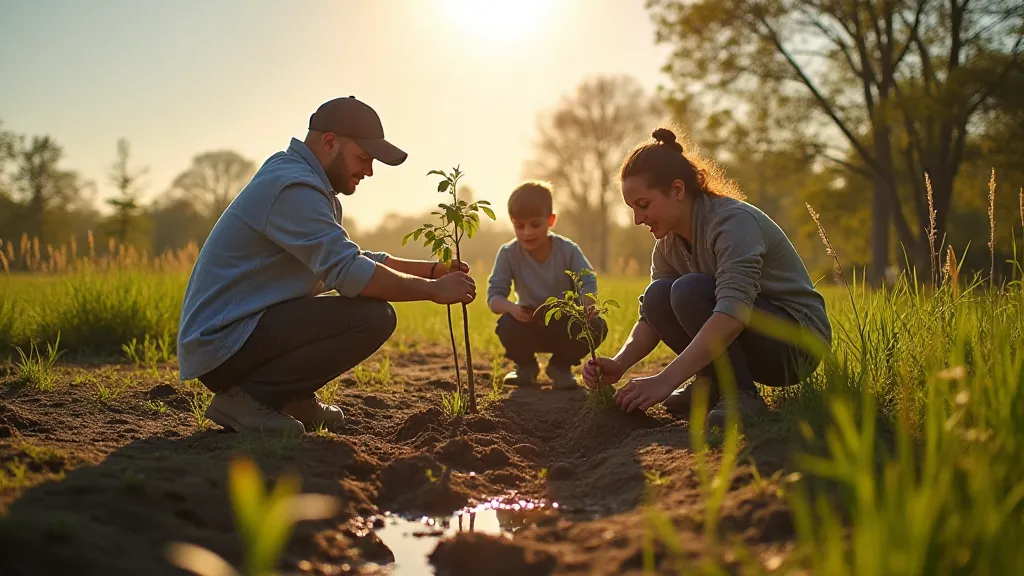
The Accordion’s Parallel: Restoration and Reverence
The restoration of an old accordion—the careful cleaning of keys, the repair of bellows, the re-gluing of wood—is akin to restoring a degraded habitat. It requires patience, skill, and a deep reverence for the original craftsmanship. The restored accordion doesn’t perfectly replicate its original condition; it bears the marks of time and repair. Similarly, restored habitats may never fully regain their former glory, but they can provide refuge for wildlife, improve water quality, and provide a connection to the natural world. It's not about recreating the past, but about honoring it and building a more sustainable future. And as the bellows of a lovingly restored accordion fill with air, returning music to the world, so too can we breathe life back into forgotten habitats, creating echoes of a vibrant past for generations to come. The ghosts of the rookery deserve to be remembered – and perhaps, one day, to sing again.
